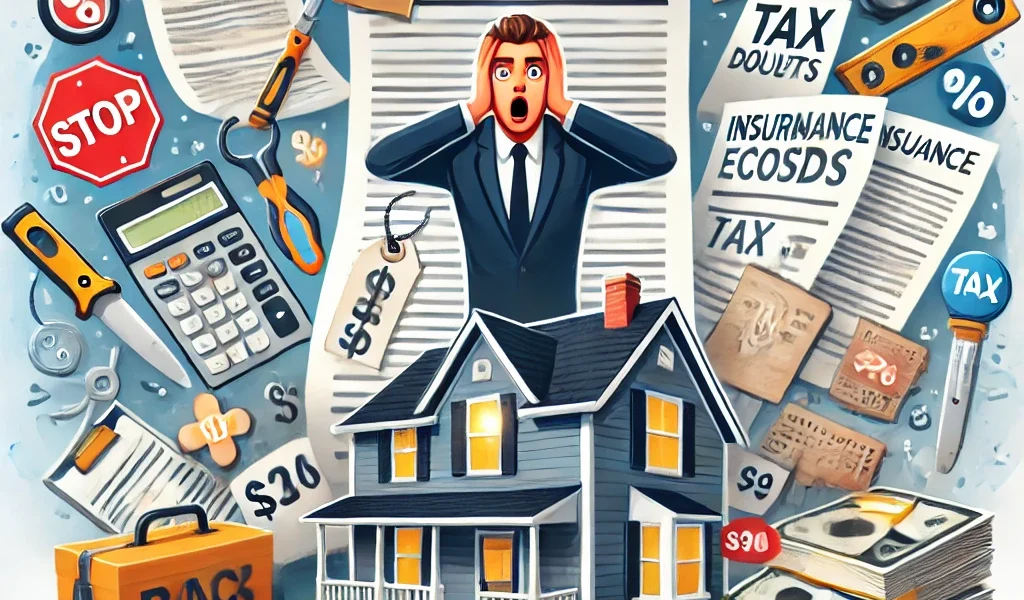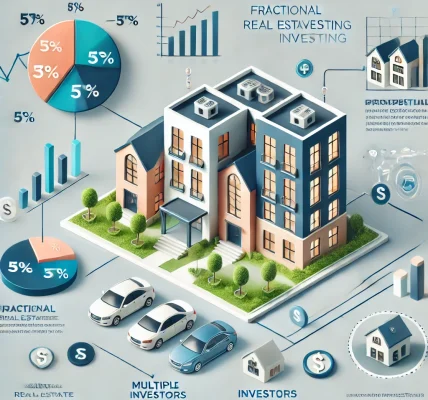Investing in real estate is often seen as a reliable path to wealth accumulation and financial stability. However, the journey of purchasing and owning investment properties is fraught with hidden costs that can significantly impact your returns if not properly managed. This comprehensive guide aims to shed light on these concealed expenses, ensuring that your investment decisions are well-informed and legally sound.
1. Acquisition Costs
Beyond the property’s purchase price, several upfront expenses can catch investors off guard:
- Stamp Duty: A government-imposed tax on property transactions, varying by jurisdiction and property value. In some regions, recent hikes have substantially increased this cost.
- Legal and Conveyancing Fees: Costs associated with hiring professionals to manage the legal aspects of property transfer. Ensuring clear title and compliance with local laws is crucial to avoid future disputes.
- Inspection and Survey Fees: Expenses for property inspections to identify structural issues or pests, and surveys to confirm boundary lines. Skipping these can lead to costly repairs or legal battles over property boundaries.
2. Financing Costs
Securing a mortgage involves more than just interest payments:
- Loan Application Fees: Charges levied by lenders to process your mortgage application. These can vary widely and may be negotiable.
- Lender’s Mortgage Insurance (LMI): If your deposit is below a certain threshold, lenders may require LMI to protect themselves against default. This can add thousands to your costs.
- Interest Rate Variations: Fluctuations in interest rates can affect your repayment amounts. Opting for fixed or variable rates should align with your risk tolerance and market predictions.
3. Ongoing Ownership Expenses
Once the property is yours, ongoing costs can erode your profits:
- Property Management Fees: If you hire a property manager, expect to pay a percentage of the rental income, typically between 7% to 10%. While this eases the management burden, it reduces your net returns.
- Maintenance and Repairs: Regular upkeep is essential to maintain property value and tenant satisfaction. Unexpected repairs, such as plumbing issues or roof leaks, can be financially draining.
- Insurance Premiums: Comprehensive insurance is vital to protect against damages, liability, and loss of rental income. Premiums can increase over time, especially in areas prone to natural disasters.
- Council Rates and Utilities: Local governments impose rates for services like waste collection and water. These are recurring costs that must be factored into your budget.
4. Taxation Implications
Taxes can significantly affect your investment’s profitability:
- Land Tax: An annual tax on land ownership, varying by state and property value. Recent increases in land tax have led to higher financial burdens for property investors, prompting some to reconsider their portfolios. Herald Sun
- Income Tax on Rental Income: Rental earnings are taxable. However, expenses like interest payments, maintenance, and depreciation can be deducted, potentially reducing your taxable income.
- Capital Gains Tax (CGT): Upon selling the property at a profit, CGT applies. Holding the property for more than a year may qualify you for discounts, depending on your jurisdiction.
5. Regulatory and Compliance Costs
Adhering to laws and regulations incurs additional expenses:
- Safety and Health Regulations: Ensuring the property meets safety standards, such as smoke alarms and electrical compliance, is mandatory. Non-compliance can lead to fines and legal action.
- Environmental and Energy Efficiency Standards: Some regions require properties to meet specific environmental criteria. Upgrades to insulation, heating systems, or water efficiency can be costly but are necessary for compliance.
6. Market-Related Costs
External economic factors can introduce unforeseen expenses:
- Vacancy Periods: Times when the property is unoccupied result in lost rental income. Budgeting for potential vacancies is crucial to maintain cash flow.
- Market Downturns: Declines in property values can affect your equity and borrowing power. Staying informed about market trends helps in making proactive decisions.
7. Opportunity Costs
Investing in property ties up capital that could be used elsewhere:
- Alternative Investments: Consider the returns from other investment avenues like stocks or bonds. Real estate is less liquid and may offer lower returns compared to other options.
- Time and Effort: Managing properties requires time and effort, which could be spent on other income-generating activities or personal pursuits.
Legal Considerations to Avoid Litigation
To safeguard against legal issues:
- Comprehensive Documentation: Maintain thorough records of all transactions, communications, and agreements related to the property.
- Professional Legal Advice: Engage qualified legal professionals to review contracts, especially when dealing with complex matters like negative gearing or off-plan purchases.
- Stay Informed: Regularly update yourself on changes in property laws, tax regulations, and market conditions. This proactive approach helps in making informed decisions and avoiding legal pitfalls.
Conclusion
While real estate investment offers substantial rewards, being cognizant of the hidden costs is essential for sustainable success. By meticulously accounting for acquisition expenses, financing charges, ongoing ownership costs, taxation, compliance obligations, market-related risks, and opportunity costs, you can enhance your investment strategy. Prioritizing legal compliance and seeking professional guidance will further protect your interests, ensuring that your real estate ventures are both profitable and secure.




